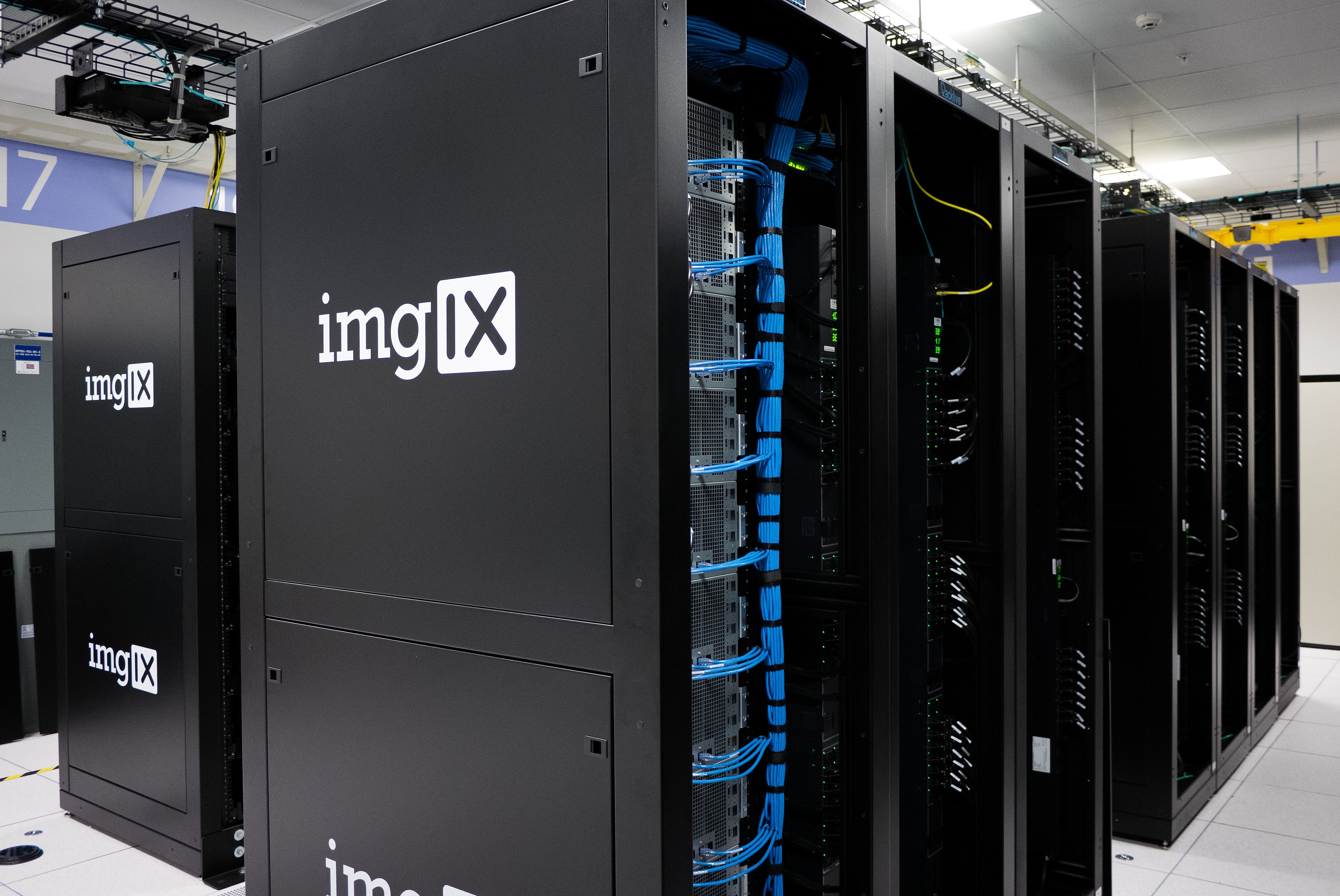
Server Cooling Strategies and Techniques
Having a top-of-the-line server room means very little if it is not being cooled successfully. Cooling ensures proper equipment performance and that critical system errors caused by overheating are avoided. Server rooms should be kept between 20˚C and 25˚C, as anything lower or higher can be detrimental to server functionality.
As technology evolves, server room power usages have increased dramatically, and keeping a server room cool became more tasking and difficult. Today, many companies use blade servers, which are stripped down servers with only the features that are mandatory for its function. While blade servers save space and allow a server room or data centre to store more data overall, they also produce more heat. With traditional servers, approximately 1.7 kW is used per rack, but with blade server racks, 20 kW is used in the same space. This 1079% increase in power usage causes significant changes in heat output. As server room power is being consumed at a much higher rate than before, new and improved cooling strategies and techniques must be implemented.
Fighting Air Stratification
The issue is not simply that the server room can get too hot; it is impossible for an entire room to be a single temperature throughout, especially when so many items are cooling and heating all at once within an enclosed space. What really happens is air stratification, which is when layers of air at different temperatures end up stacked on top of one another, with the hottest layer rising to the top, an acceptable temperature hanging in the middle, and the coldest air sinking to the bottom. When air stratification happens, everything outside of the temperate middle ground is too hot or too cold for optimal server performance. In fact, damage can occur. Furthermore, if the overall air temperature is measured by a single thermometer, the varying layers will not be taken into account. This can lead to a neglect of long-term temperature variance, ruining sensitive and costly equipment.
Keep Things Organized
The first thing to do to better regulate and help cool down a server room is to tidy up. It is tempting for some to treat the server room as additional storage. This, however, decreases airflow and can lead to overheating. Proper server room maintenance means ensuring all aisles are clear and that no ventilation is partially covered or completely blocked. Regular housekeeping is also beneficial to keep server rooms cool since dust and debris can get into cooling systems and cause them to function poorly or break.
Once a server room has been tidied, one way to tackle overheating is load spreading. This is the spreading of 1U servers and blade servers across multiple racks. Doing this ensures that no individual rack exceeds its max rack power due to density, as densely packed racks would cause vertical hot spot over the rack and lead to increased heat. Blanking panels should be used when implementing load spreading to improve overall cooling performance.
Supplemental or Whole Room Cooling
Supplemental cooling is another way to help keep racks from overheating. Supplemental cooling is the use of equipment such as rear door heat exchangers and overhead heat exchangers. Rear door heat exchangers are installed on racks and do not take up any floor space, but they do require a chilled water source. They are a great option for small-sized installations. Overhead heat exchangers are suspended between racks. They are to be used as a complement to existing hot aisle/cold aisle systems, sucking up the hot air rising from the hot aisles on either side of it and cooling the air before expelling it below.
Whole room cooling is not a great option for keeping servers cool, but it is worth mentioning. Whole room cooling is just as is sounds: attempting to cool an entire room with air conditioning to keep servers at a stable temperature. While possible, it is wasteful and quite costly. Furthermore, to function properly, it must be cooling the entire room to the highest-level heat output at all times. Doing this is wasteful, expensive, and bad for the environment.
High-Density High-Heat
An easier way to keep things cool is to utilize a designated high-density area. This means putting the highest heat output servers into a single section in the server room and creating a vertical hot spot in a single area. Supplemental cooling can then be used in that one area to help keep the highest heat output servers cool while also allowing the rest of the room to remain a more ambient temperature without additional help. In this model, banking panels must be used to regulate airflow.
Consult a Professional
Another thing that can be done to properly manage airflow is to hire a professional to perform a consultation. A professional can do a server room diagnostic where they measure the airflow of the space and then offer suggestions as to how to correctly cool problem areas as well as the unique server room space. Professionals can also assist in setting up the original cooling system to help the IT department in implementation and allow IT to just focus on upkeep.
Consolidate Servers
To reduce the number of servers in use and therefore reduce the amount of heat output, servers can be consolidated. Server virtualization is one way to do this. According to Best Strategies for Cooling Server Rooms at SMBs by Yuval Shavit, “The goal [of server virtualization] is to reduce the number of servers that sit idle at any given moment by running several servers, none of which require full CPU utilization, on the same host system.” By taking away idle servers, the heat in the server room will lessen, resulting in less power being used to cool the room and cost savings all around.
Install Sensors
Lastly, environmental monitoring is a great way to keep a server room at an ideal temperature and save money. Having sensors set up in a server room with remote access allows IT members to keep an eye on the temperature of the server room and make adjustments to different cooling systems. Sensors can also alert IT when temperatures get too high or low, which helps to protect the equipment.
There are numerous ways to keep the temperature in a server room between the ideal 20˚C to 25˚C. These methods can also be used harmoniously, implementing many at once to keep a server room at the perfect temperature. No matter the method, keeping a server room cool means keeping servers operating at peak performance and safeguarding against server failure.
http://www.42u.com/cooling-strategies/
http://searchitchannel.techtarget.com/feature/Best-strategies-for-cooling-server-rooms-at-SMBs

